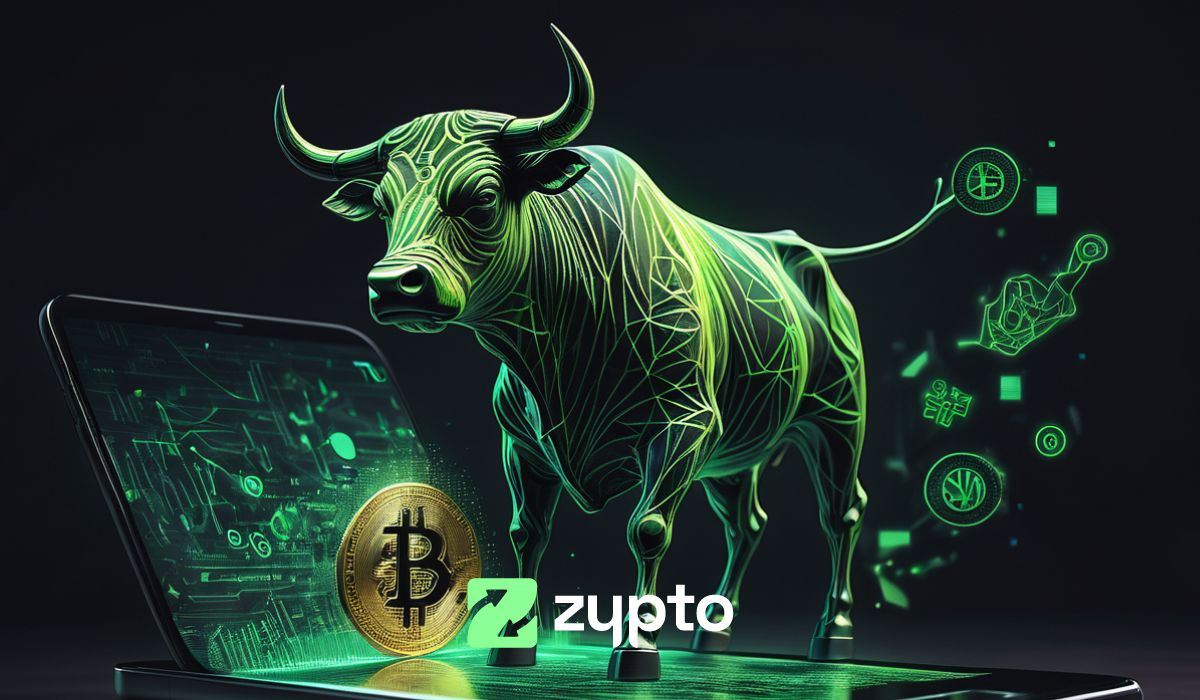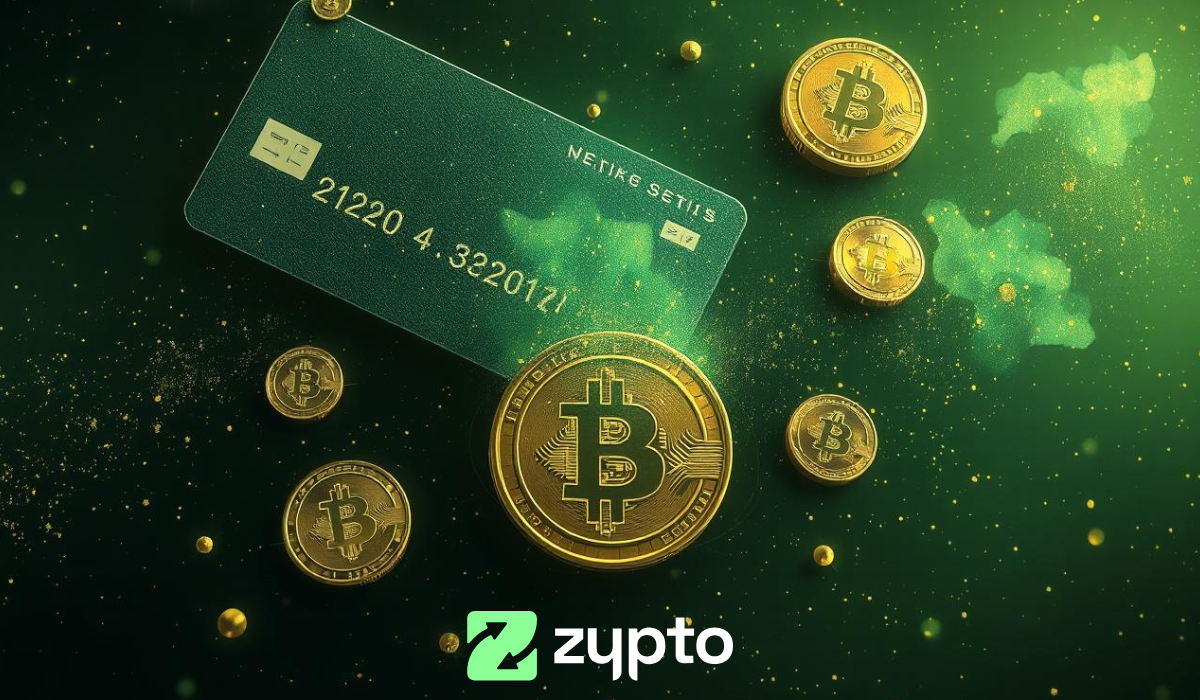Cryptocurrency has gone from a niche tech experiment to a mainstream financial asset. As of 2025, more than 560 million people worldwide own some form of crypto, and the total market cap often moves above $2 trillion.
But what exactly is cryptocurrency, and why does it matter? This beginner’s guide breaks it down in simple terms.
What is Cryptocurrency in Simple Terms?
Cryptocurrency is digital money that runs on blockchain technology. Unlike traditional currencies controlled by banks or governments, cryptocurrencies are decentralized, meaning no single authority can control them.
Instead, transactions are recorded on a public ledger (the blockchain) that anyone can view. Every transaction is verified by a network of computers, making it secure, transparent, and almost impossible to fake.
Key characteristics of cryptocurrency :
- Digital only, no physical form, just cryptographic keys
- Can be used for payments, trading, or storing value
- Decentralized, not issued by central banks
- Runs on blockchain, a secure distributed ledger
- Transactions are verified by the network, not third parties
Download the Zypto DeFi Wallet App

How Does Cryptocurrency Work?
All crypto transactions are logged on the blockchain. This ledger is updated by participants in the network who verify transactions using one of two main methods :
Proof of Work (PoW)
- Computers (miners) solve complex puzzles to validate transactions
- First to solve adds the block and earns rewards (like Bitcoin)
- Secure but energy-intensive
Proof of Stake (PoS)
- Instead of mining, participants stake coins as collateral
- Validators are chosen to confirm transactions
- Faster and more energy-efficient (used by Ethereum and many others)
Both methods prevent fraud and ensure no one can double spend the same crypto.
A Quick History of Cryptocurrency
- 1983: David Chaum invents “ecash,” an early digital money concept
- 2009: Bitcoin launches, created by the anonymous Satoshi Nakamoto
- 2015: Ethereum introduces smart contracts, expanding crypto’s use cases
- 2020s: Stablecoins, DeFi, and crypto payments drive mainstream adoption
- 2024–25: Bitcoin ETFs launch in the US and Europe, bringing trillions in institutional inflows
Start using crypto today with Zypto’s Crypto Visa and Mastercard Cards

Types of Cryptocurrency
There are thousands of cryptocurrencies, but they fall into two main categories :
- Coins – Run on their own blockchain (e.g., Bitcoin, Ethereum)
- Tokens – Built on existing blockchains (e.g., USDC stablecoin on Ethereum)
Coins are generally used like money, while tokens can also represent assets, rewards, or rights inside blockchain apps.
Why Cryptocurrency Matters Today
Crypto is no longer just speculation. It powers :
- Global payments without banks or borders
- DeFi apps for lending, trading, and yield
- Stablecoins for dollar-like digital money
- Real-world spending through crypto cards, bill pay, and gift cards
Getting Started with Cryptocurrency
Understanding what cryptocurrency is helps you see why it is changing finance. If you are new, the next step is trying it out safely.
Zypto App makes crypto usable in everyday life :
- Secure wallets for 24,000+ assets
- Crypto Visa and Mastercard spend cards accepted worldwide
- Pay bills, buy gift cards, and top up mobile phones in 100+ countries
- Protect assets in cold storage with the Zypto Vault Key Card
Download Zypto today and take your first step into the future of money.

FAQs
What is cryptocurrency in simple terms?
It is digital money stored on a blockchain. You do not hold physical coins, you own cryptographic keys that let you transfer value.
Is cryptocurrency safe?
Crypto itself is secure thanks to blockchain, but your safety depends on how you store it. Using a trusted wallet like Zypto and enabling 3FA protection keeps your funds safer.
How can I use cryptocurrency in real life?
With Zypto, you can turn crypto into real-world spending power through Visa and Mastercard cards, pay bills, buy gift cards, and more.
What is the difference between coins and tokens?
Coins have their own blockchain (like BTC, ETH). Tokens are built on another blockchain and can represent anything from stablecoins to utility credits.





















A very holistic Article on Zypto Blog about Cryptocurrency and the Foundations of Defi👌
Really convinient and intersting to read. Like a kind of short e-/self learning 😊👍
Not only for newbies but also for experienced Crypto users – to fill in some missing puzzle gaps ❤️
Thanks for the article it’s going to be useful for me to introduce both crypto and Zypto to my beginners friends 🔥
I’ve had to help a few people into crypto, from explaining blockchains to on ramping and purchasing. This will be a good blog to link them too. It will hopefully make them safer aswell with gaining knowledge.